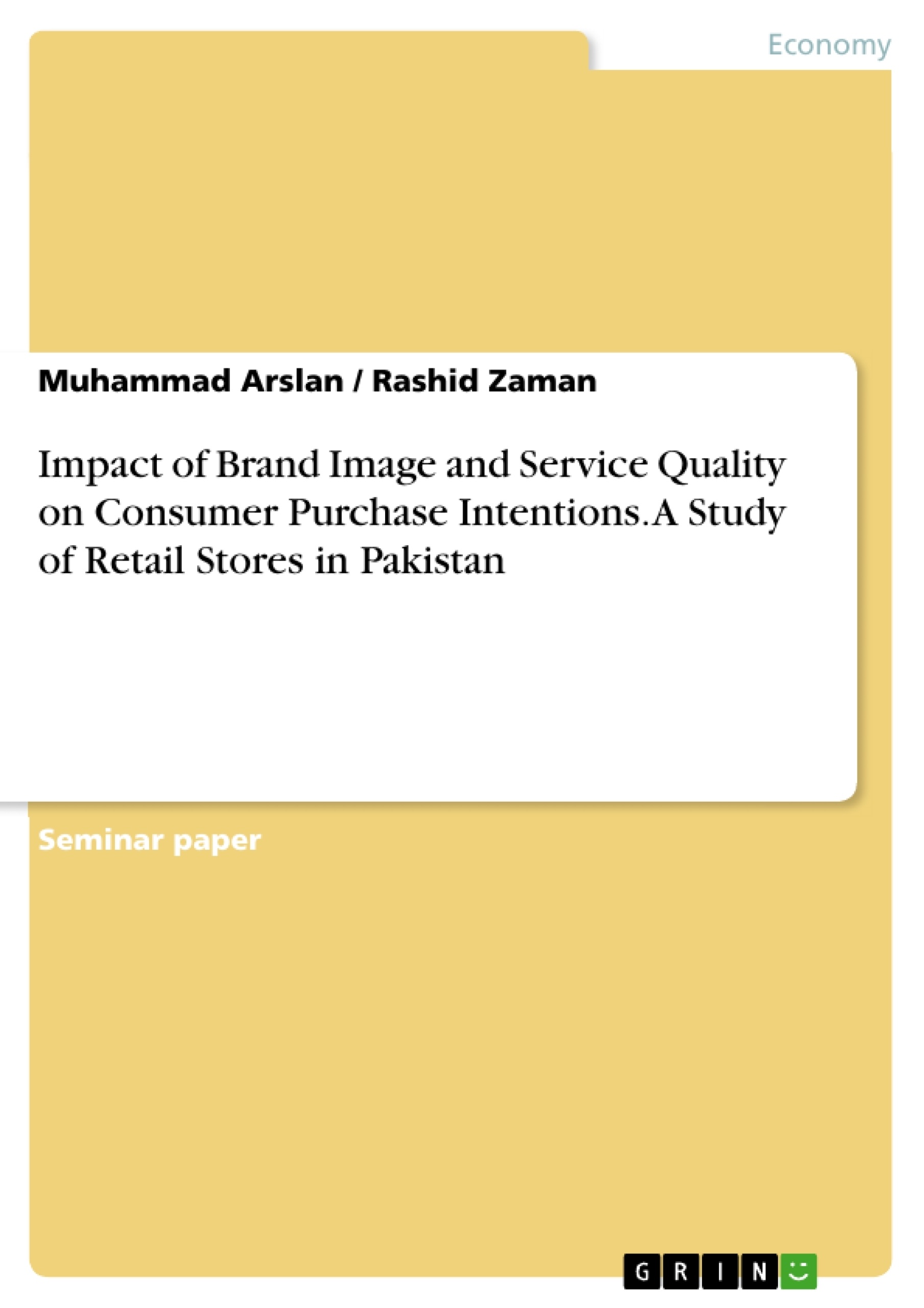The objective of this research is to determine the relationship between brand image, service quality and price on consumer purchase intention. Normative and informative susceptibility has indirect effect on consumer purchase intention. The empirical analysis were determined by collecting data from sample of 301 consumers of large retail stores. The findings of study reveal the positive effect of brand image and service quality on consumer purchase intention. Results reveal the insignificant relationship between price and consumer purchase intention. The findings also documented that consumers in large retail stores don’t bother prices because consumers consider that the stores charge reasonable prices. Most of consumer’s purchases depend upon the brand image and service quality. Normative and informative susceptibility have positive effect on brand image. The recommendations and suggestions are very helpful for managers and operators of large stores. Brand image depends on informative and normative susceptibility.
Inhaltsverzeichnis (Table of Contents)
- Introduction
- Literature Review
- Brand Image
- Service Quality
- Informative Susceptibility
Zielsetzung und Themenschwerpunkte (Objectives and Key Themes)
This research aims to determine the relationship between brand image, service quality, and price on consumer purchase intention, exploring the indirect influence of normative and informative susceptibility on this intention. The study collected data from a sample of 301 consumers of large retail stores in Pakistan.
- The impact of brand image on consumer purchase intention
- The influence of service quality on consumer purchase intention
- The relationship between price and consumer purchase intention
- The role of normative and informative susceptibility in shaping brand image
- The consumer behavior in large retail stores in Pakistan
Zusammenfassung der Kapitel (Chapter Summaries)
Introduction
This chapter introduces the research topic and provides context for the study. It discusses the evolving retail landscape, the significance of consumer purchase intention, and the factors influencing consumer behavior in large retail stores. The chapter highlights the importance of understanding consumer preferences and their decision-making processes.
Literature Review
This section delves into existing research on brand image, service quality, and informative susceptibility. It examines the various theoretical frameworks and empirical findings related to these concepts, providing a foundation for the study's analysis. The literature review explores the relationship between brand image and consumer perceptions, the impact of service quality on customer satisfaction, and the role of social influence in shaping brand image.
- Quote paper
- Muhammad Arslan (Author), Rashid Zaman (Author), 2014, Impact of Brand Image and Service Quality on Consumer Purchase Intentions. A Study of Retail Stores in Pakistan, Munich, GRIN Verlag, https://www.grin.com/document/293995



